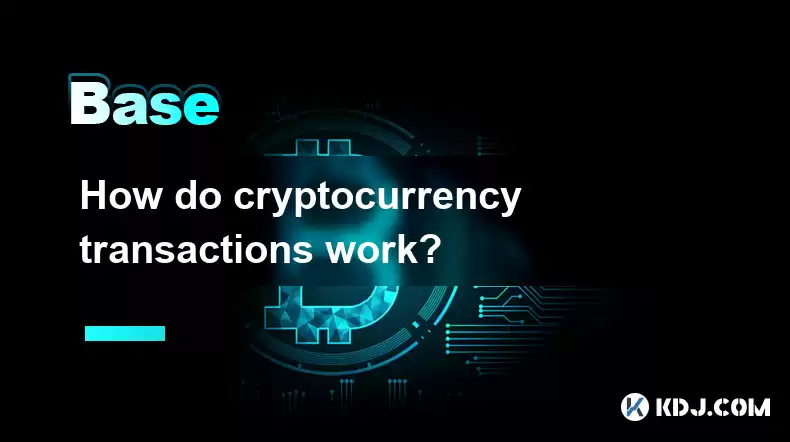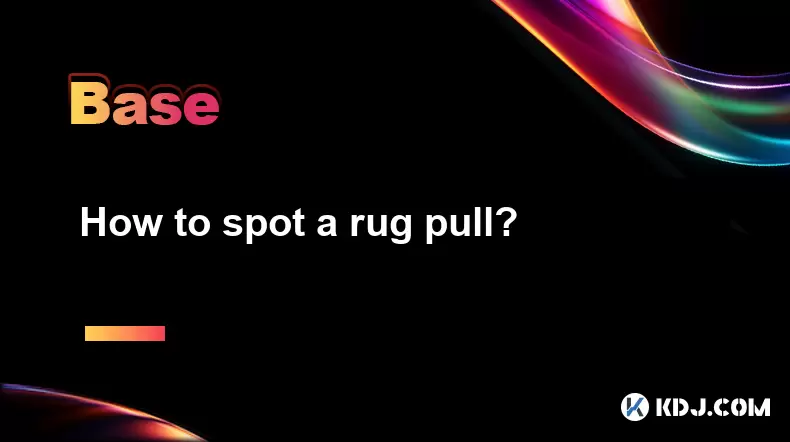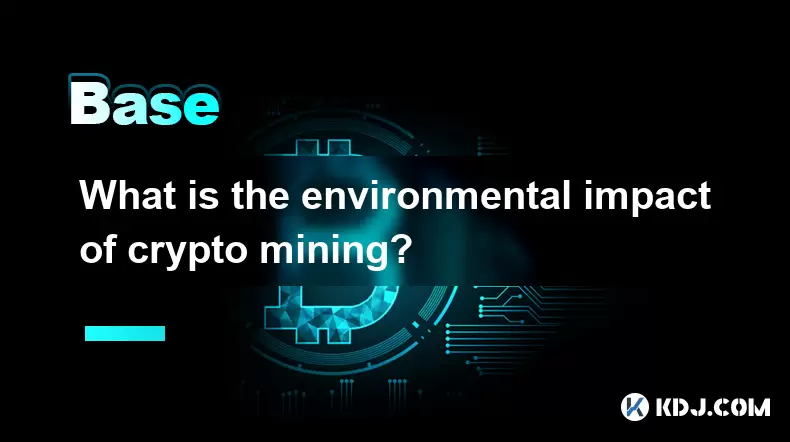-
 Bitcoin
Bitcoin $116700
0.24% -
 Ethereum
Ethereum $3973
4.34% -
 XRP
XRP $3.283
7.68% -
 Tether USDt
Tether USDt $1.000
0.01% -
 BNB
BNB $789.8
2.27% -
 Solana
Solana $176.2
3.31% -
 USDC
USDC $0.9999
0.00% -
 Dogecoin
Dogecoin $0.2238
5.14% -
 TRON
TRON $0.3389
-0.51% -
 Cardano
Cardano $0.7907
4.03% -
 Stellar
Stellar $0.4527
10.02% -
 Hyperliquid
Hyperliquid $41.07
4.27% -
 Sui
Sui $3.794
1.77% -
 Chainlink
Chainlink $19.49
10.40% -
 Bitcoin Cash
Bitcoin Cash $580.9
0.74% -
 Hedera
Hedera $0.2617
4.32% -
 Avalanche
Avalanche $23.41
3.67% -
 Ethena USDe
Ethena USDe $1.001
-0.03% -
 Litecoin
Litecoin $122.4
1.38% -
 Toncoin
Toncoin $3.364
1.49% -
 UNUS SED LEO
UNUS SED LEO $8.988
0.37% -
 Shiba Inu
Shiba Inu $0.00001295
2.82% -
 Uniswap
Uniswap $10.62
5.75% -
 Polkadot
Polkadot $3.922
4.46% -
 Dai
Dai $1.000
0.01% -
 Bitget Token
Bitget Token $4.494
2.15% -
 Monero
Monero $268.0
-1.30% -
 Cronos
Cronos $0.1523
3.68% -
 Pepe
Pepe $0.00001127
4.43% -
 Aave
Aave $285.4
4.85%
How do cryptocurrency transactions work?
Crypto transactions, secured by cryptography, are broadcast to a peer-to-peer network; miners then validate and add them to the blockchain for a fee, impacting transaction speed. Understanding public and private keys is vital for security.
Mar 15, 2025 at 08:50 pm

Key Points:
- Cryptocurrency transactions utilize cryptography for security and verification.
- Transactions are broadcast to a peer-to-peer network.
- Miners validate and add transactions to the blockchain.
- Fees incentivize miners to prioritize transactions.
- Different cryptocurrencies have varying transaction speeds and fees.
- Understanding addresses, private keys, and public keys is crucial.
How Do Cryptocurrency Transactions Work?
Cryptocurrency transactions are fundamentally different from traditional financial transactions. Instead of relying on intermediaries like banks, they leverage a decentralized, peer-to-peer network secured by cryptography. This ensures transparency and security while eliminating the need for central authorities. Let's delve into the process step-by-step.
First, you initiate a transaction by specifying the recipient's cryptocurrency address and the amount you wish to send. This address is essentially a unique identifier, similar to a bank account number, but publicly viewable on the blockchain. Your wallet software handles the complexities of creating the transaction data.
Next, the transaction is broadcast to the network. This involves sending the transaction details to numerous nodes (computers) participating in the cryptocurrency's blockchain network. These nodes verify the transaction's validity before propagating it further. This ensures redundancy and resilience against attacks.
Then comes the crucial step of verification and addition to the blockchain. Miners, specialized computers, compete to solve complex mathematical problems. The first miner to solve the problem gets to add the next block of transactions, including yours, to the blockchain. This process, known as mining, secures the network and adds a new "page" to the public ledger.
The inclusion of your transaction in a block permanently records it on the blockchain. Once confirmed, the transaction is considered irreversible, providing a high level of security. The number of confirmations required for a transaction to be considered finalized varies depending on the specific cryptocurrency.
Transaction fees play a vital role in incentivizing miners. These fees are paid by the sender and are directly proportional to the urgency and size of the transaction. Higher fees generally lead to faster processing times as miners prioritize transactions with higher fees. Different cryptocurrencies have different fee structures and transaction speeds.
Understanding the underlying cryptographic principles is also essential. Every cryptocurrency user possesses a pair of cryptographic keys: a public key and a private key. Your public key is like your address; it's shared publicly and used to receive funds. Your private key is like your password; it's kept secret and used to authorize transactions from your wallet. Never share your private key with anyone.
The Role of the Blockchain
The blockchain is a distributed, immutable ledger that records all cryptocurrency transactions chronologically. This ensures transparency and prevents double-spending, a significant challenge in digital currencies. Every block in the chain contains a cryptographic hash of the previous block, creating a chain of linked blocks that is difficult to alter.
Different Types of Crypto Transactions
While the core principles remain similar, the specifics vary between different cryptocurrencies. Some cryptocurrencies use different consensus mechanisms, like Proof-of-Stake (PoS), which requires less energy than the Proof-of-Work (PoW) used by Bitcoin. These differences impact transaction speeds and fees. Some platforms also offer features like atomic swaps, which enable direct exchange of cryptocurrencies without intermediaries.
Security Considerations
Security is paramount in cryptocurrency transactions. Always use reputable wallets and exchanges, and be vigilant about phishing scams. Strong passwords and two-factor authentication are essential to protect your private keys. Regularly backing up your wallet is crucial to prevent data loss.
Frequently Asked Questions:
Q: How long does a cryptocurrency transaction take? This varies significantly depending on the cryptocurrency, network congestion, and the transaction fee. Some transactions can be confirmed within minutes, while others may take hours or even days.
Q: Are cryptocurrency transactions reversible? No, once a transaction is confirmed on the blockchain, it's generally irreversible. This is a key difference from traditional payment systems where chargebacks are possible.
Q: What are transaction fees? Transaction fees are small payments made to miners to incentivize them to process and include your transaction in a block on the blockchain. They are crucial for the security and operation of the network.
Q: How are cryptocurrency addresses generated? Cryptocurrency addresses are generated using cryptographic algorithms based on your public key. They are designed to be unique and secure.
Q: What happens if I send cryptocurrency to the wrong address? Funds sent to the wrong address are typically lost and cannot be recovered. Double-check the recipient's address carefully before sending any cryptocurrency.
Q: Are cryptocurrency transactions anonymous? While cryptocurrency transactions are pseudonymous (meaning they are linked to addresses rather than real-world identities), they are not entirely anonymous. Blockchain analysis techniques can be used to trace transactions and potentially link them to individuals.
Q: What is the difference between a public key and a private key? Your public key is like your account number – it's used to receive funds and is publicly shared. Your private key is like your password – it's used to authorize transactions and must be kept secret.
Q: How can I protect my cryptocurrency? Use strong passwords, enable two-factor authentication, use reputable wallets and exchanges, and keep your private keys secure. Regularly back up your wallet to prevent data loss.
Disclaimer:info@kdj.com
The information provided is not trading advice. kdj.com does not assume any responsibility for any investments made based on the information provided in this article. Cryptocurrencies are highly volatile and it is highly recommended that you invest with caution after thorough research!
If you believe that the content used on this website infringes your copyright, please contact us immediately (info@kdj.com) and we will delete it promptly.
- Punisher Coin: The Altcoin Ready to Punish Your Portfolio with Gains?
- 2025-08-08 22:50:16
- Mutuum Finance, Bitcoin Whales, and Binance: Decoding the Crypto Currents
- 2025-08-08 22:30:11
- Bitcoin, Crypto Market, Volatility: Riding the Rollercoaster in NYC Style
- 2025-08-08 22:50:16
- HTX Copy Trading Extravaganza: Rewards and Opportunities for Traders
- 2025-08-08 23:30:12
- SPX6900 Pumps & TOKEN6900 Presale: Month Growth Mania!
- 2025-08-08 23:30:12
- Dogwifhat, Beanie, and $800,000: A Meme Worth Millions?
- 2025-08-08 23:35:12
Related knowledge

Can you reuse a crypto wallet address?
Aug 08,2025 at 03:49pm
Understanding Wallet Addresses in CryptocurrencyA crypto wallet address is a unique identifier used to send and receive digital assets on a blockchain...

Are meme coins a good investment?
Aug 08,2025 at 11:36pm
Understanding Meme Coins and Their OriginsMeme coins are a category of cryptocurrencies that originated from internet humor or viral trends rather tha...

How are flash loans used?
Aug 08,2025 at 01:08pm
Understanding Flash Loans in Decentralized FinanceFlash loans are a unique innovation within the decentralized finance (DeFi) ecosystem, allowing user...

How to spot a rug pull?
Aug 08,2025 at 11:21pm
Understanding the Concept of a Rug PullA rug pull is a type of scam prevalent in the decentralized finance (DeFi) and cryptocurrency space where devel...

What is the environmental impact of crypto mining?
Aug 09,2025 at 12:28am
Energy Consumption of Cryptocurrency MiningThe environmental impact of crypto mining begins with its substantial energy consumption, primarily driven ...

What are common crypto trading strategies?
Aug 08,2025 at 12:42pm
Understanding Trend Following in Crypto TradingTrend following is one of the most widely adopted crypto trading strategies due to its simplicity and a...

Can you reuse a crypto wallet address?
Aug 08,2025 at 03:49pm
Understanding Wallet Addresses in CryptocurrencyA crypto wallet address is a unique identifier used to send and receive digital assets on a blockchain...

Are meme coins a good investment?
Aug 08,2025 at 11:36pm
Understanding Meme Coins and Their OriginsMeme coins are a category of cryptocurrencies that originated from internet humor or viral trends rather tha...

How are flash loans used?
Aug 08,2025 at 01:08pm
Understanding Flash Loans in Decentralized FinanceFlash loans are a unique innovation within the decentralized finance (DeFi) ecosystem, allowing user...

How to spot a rug pull?
Aug 08,2025 at 11:21pm
Understanding the Concept of a Rug PullA rug pull is a type of scam prevalent in the decentralized finance (DeFi) and cryptocurrency space where devel...

What is the environmental impact of crypto mining?
Aug 09,2025 at 12:28am
Energy Consumption of Cryptocurrency MiningThe environmental impact of crypto mining begins with its substantial energy consumption, primarily driven ...

What are common crypto trading strategies?
Aug 08,2025 at 12:42pm
Understanding Trend Following in Crypto TradingTrend following is one of the most widely adopted crypto trading strategies due to its simplicity and a...
See all articles

























































































